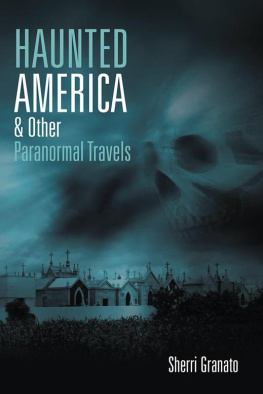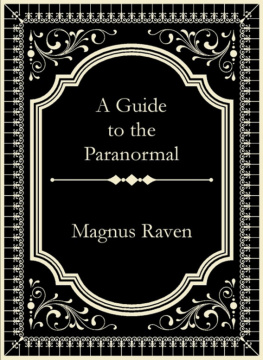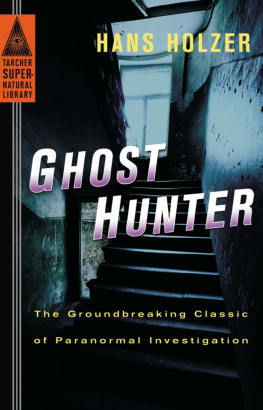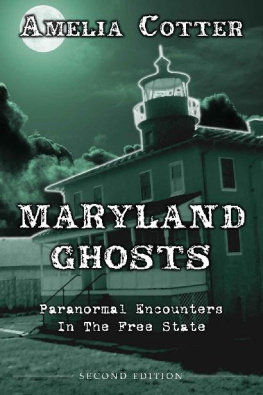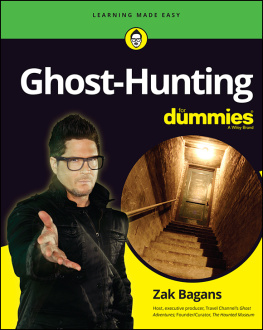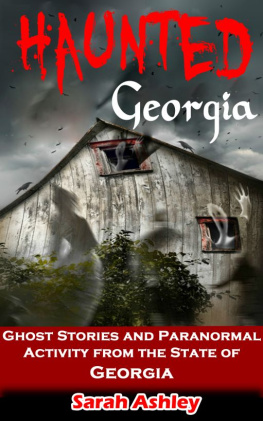Spirits of the Border:
The History and Mystery of Arizona
By: Ken Hudnall And Sharon Hudnall
All rights Reserved 2007 By Ken Hudnall
No part of this book may be reproduced or transmitted in any form or by any means, graphic, electronic, or mechanical, including photocopying, recording, taping, or by any information storage or retrieval system, without the permission in writing from the publisher. Author is responsible for the content held within.
Digital Editions Published by Grave Distractions Publications http://www.gravedistractions.com
Mass Market eBook Edition
Author's website may be found at: http://www.kenhudnall.com
Editorial Notes: The author and publisher hopes that you enjoy the stories contained within this text. We would like to remind you that some of the locations mentioned in this text are on private property. If you are planning on visiting any of these sites on private property, obtain permission from the property holder. Trespassing is considered a criminal offense in most state and local jurisdictions. Please consult the appropriate legal counsel in your particular jurisdiction for more information.
Dedication
As with all of my books, the one whose support has been most important to the completion of the project has been my lovely wife, Sharon. Without her assistance, all of my ideas would remain just ideas.
Table Of Contents
Each of the cities listed within this text can be found at the end of this text by clicking on the "City Index" link in the Table of Contents. The appropriate link within each city will take you to the beginning of that city's section. At the head of each city's section is a "Return to Index" link. This will return you to the head of the "City Index" section.
To Sharon, my writing partner, life partner and light of my life.
Foreword
The southwest United States is an area of great beauty as well as great mystery. Much of the history of this area is in the form of stories that have been passed down generation after generation by word of mouth. It is our desire to record as many of these stories as possible in order that they not be lost to future generation.
These stories are as much a part of our history as the most detailed history text book. Though most members of the education community tend to look down their long noses at verbal stories, they occupy an important place. If, as we relate these stories of lost treasure, murder and hauntings, we also entertain the reader, then we have achieved our intent.
Part I
The History
Chapter One
The History Of Arizona
There have long been serious disagreements over the origin of the word Arizona. There are actually four Indian versions of the word that has been used as the name of this somewhat unusual state. One version of the word, Arizuma is actually an Aztec word meaning silver bearing. Then there is Ali shonak or Ari-son, which came from the Pima Indians and means small spring. Finally, the word Aleh-zone also means small spring in the language used by the Tohono Oodham Indians. Which version was the actual basis of the word is open to debate, but it is known that a Spanish missionary first used the word Arizona as the name of the area in print during the 1750s.
The wild beautiful land was organized as a territory of the United States in 1863 and finally admitted to the Union in 1912. As a result, Arizona is one of the nations youngest states. It is one alive with the spirit of youth, yet historically, it is also known as a place that has been inhabited for nearly 20,000 years. The region began with cliff dwellings and has continued on to the present day with an ever growing number of high-rise condominiums.
All the towns throughout Arizona have a history. These pasts have woven together to create a colorful tapestry that makes this great state what it is today. Through the pages of this volume, join us on a journey back in time and learn what life was like long ago.
The Yuma Quechan Indians were one of the first cultures to inhabit lower Western Arizona. They began this regions history. Their culture dates back to 1540, with Hernando de Alarcon a Spanish navigator traveling by land near the Colorado River.
This portion of Arizona really owes its early pioneer beginnings to the Colorado River. In 1850, Fort Yuma was established to protect the ferry service across the river and the settlers in the area from deadly raids by the native tribes.
The rapid growth in the territory was beginning to cause problems with the boundaries of other countries, but these problems were resolved in 1854 the problems were resolved with the Gadsden Purchase. The purchase extended the land for the United States and guaranteed the stretch along the Colorado River. The marking of the new border began near Yuma and continued across the southern half of Arizona.
Not long afterward, the town of Ehrenberg was developed along the Colorado River. By 1871, Ehrenberg had a population of nearly 500. These river port towns were vital to the growth of Arizona. Supplies arrived by boat and were transferred inland to major towns like Prescott.
There were other towns in Western Arizona that experienced a growth surge, due to transportation. Kingman and Oatman were towns that Historic Route 66 passed through on its trek across the country. In the early 1950s, the Mother Road was constructed connecting Chicago and California . This road brought many travelers through the area, which boosted the economy and encouraged new residents to these towns.
TREASURE
As might be expected, the impetus for the exploration of this new country was the search for treasure, gold and silver among others. A Spanish mine was developed near Ajo in the 1750, called the "Old Bat Hole ". The name was derived from the fact that a large colony of bats had made what became the mine their home.
The mineshaft was on a sixty-degree angle and about every ten feet a layer of mesquite logs four feet long and three feet wide were placed to serve as rest stations for the men carrying the ore. The early Spanish miners had rawhide buckets strapped to their backs to carry up the rock. Unfortunately, the miners were forced to abandon the area due to Indian raids. Knowledge of the location of this mine was lost until 1847, when the first American set up his mine in the Ajo area. A prospector by the name of Tom Childs came upon a deserted mine and found high-grade native copper.
With this discovery, Ajo became the first copper mine in Arizona. Then the Ajo Copper Company organized in 1854. During this time pack mules carried the ore to Yuma, where it was shipped down the Colorado River. Then it was sent on by boat around the Cape Horn to Swansea, Wales for smelting. However, Ajo did not flourish. The mining town remained relatively unnoticed, until the beginning of the 1900's. The reason for its sudden popularity was the development of new ore-refining techniques, which made mining in Ajo much easier and more profitable. One of the first companies in Ajo was the New Cornelia Copper Company. John Campbell Greenway, who named the company after his wife in 1917, started the company. The town began to prosper.
A downtown plaza was built in 1917. The plaza reveals the Spanish architecture that has influenced the town, due to its proximity to the Mexican border. Then in 1931, the company was sold to Phelps Dodge. The company had over 1,000 men working in the mine, until 1986 when it closed down. Phelps Dodge sold many of its homes in town to retirees.
Today you will find the town is a perfect retirement spot. As for the name of the town, it is hard to pinpoint. Some say it is from the Spanish word garlic, which Mexican miners found in the area. Others say it came from the Papago Indian word for paint, because this was the area the Indians collected copper minerals to make the paint for their bodies.
Next page

